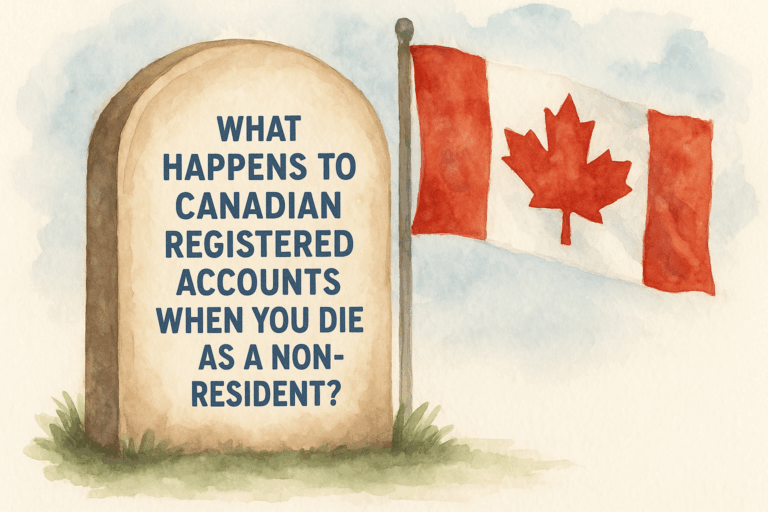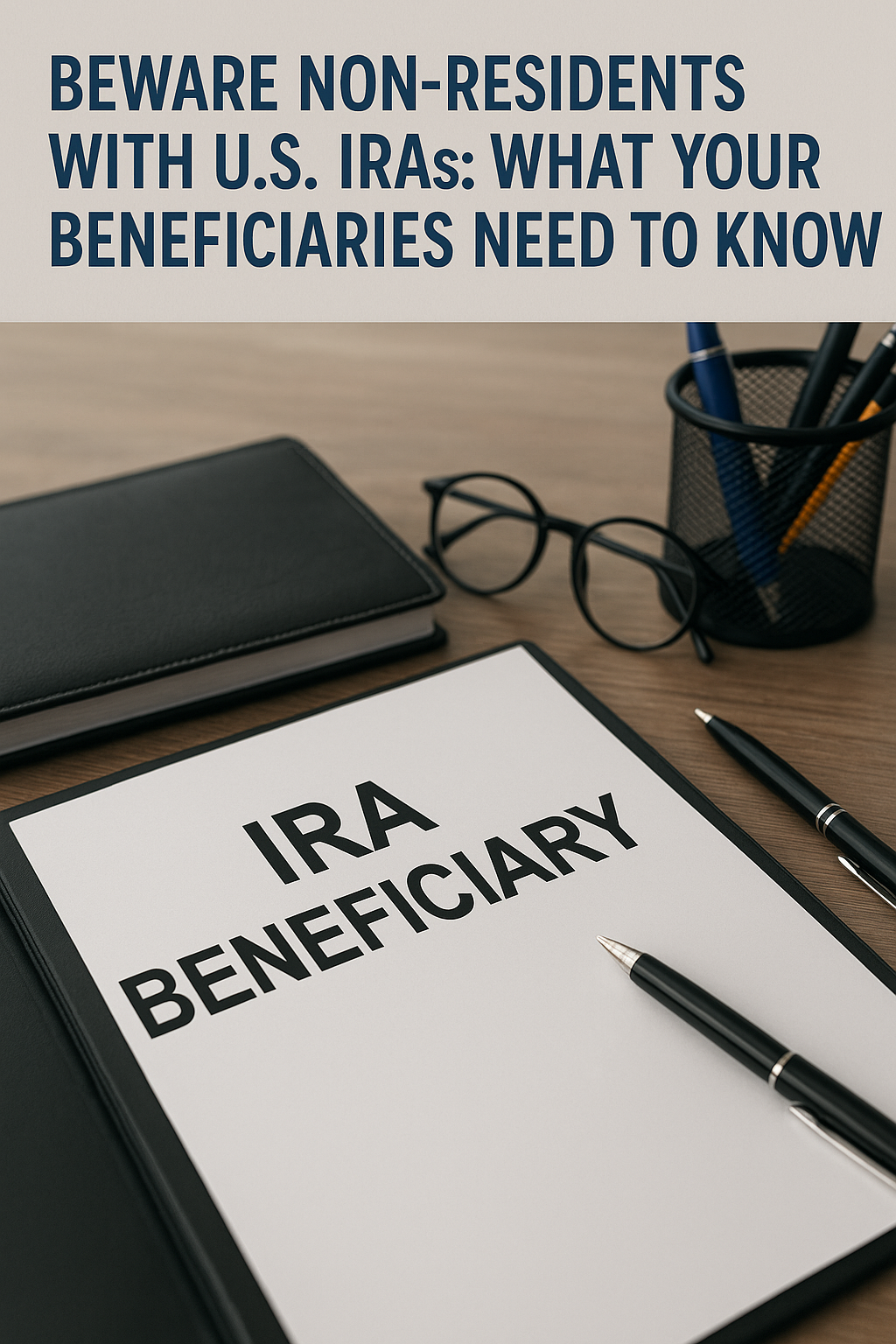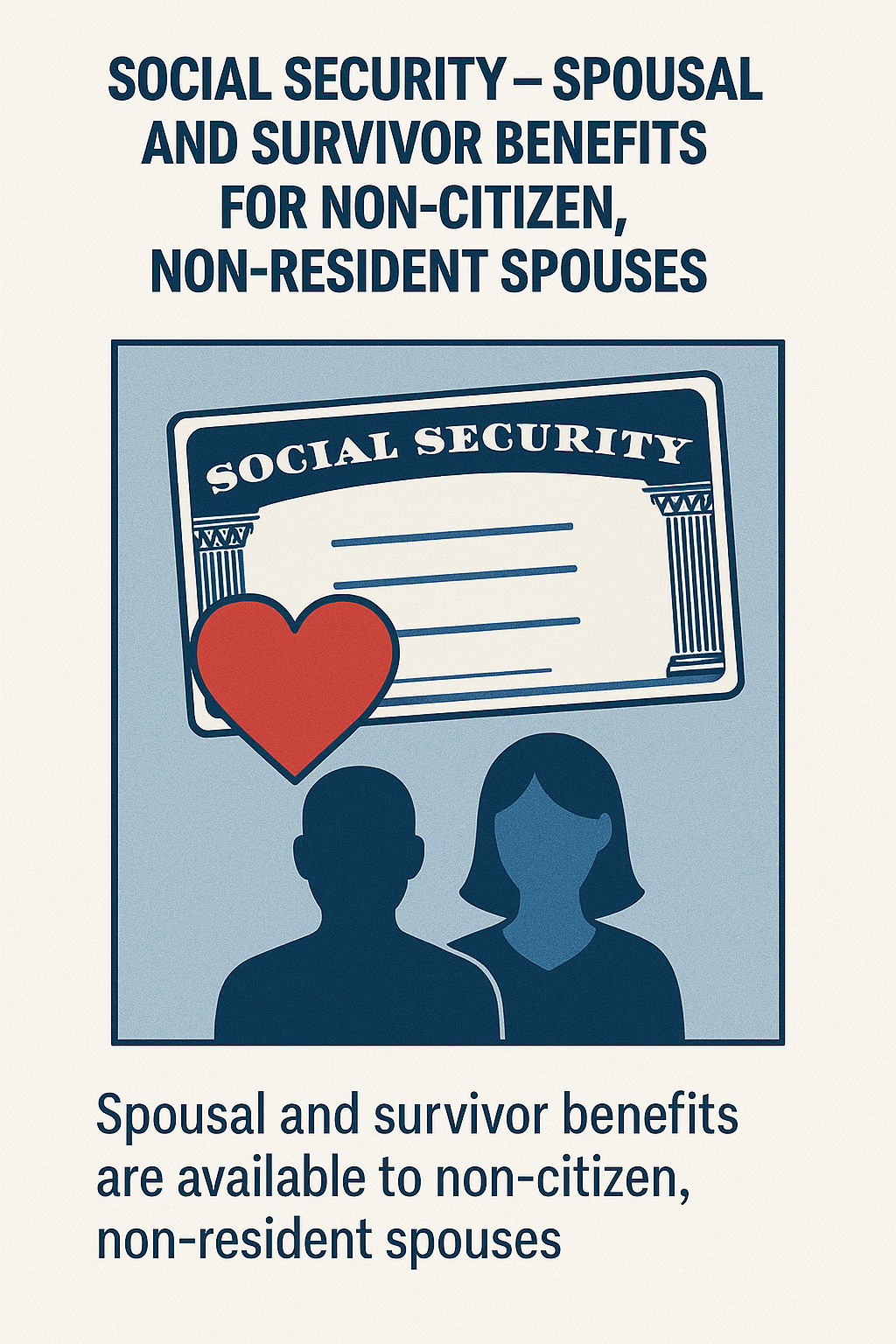
Moving from Canada to the U.S. with your furry (or feathered!) friends? The good news is that importing pets from Canada to the U.S. is relatively straightforward compared to other international moves. However, there are still important rules, documents, and steps you need to follow to ensure a smooth process for your pets.
Step 1: Understand the U.S. Import Requirements
The U.S. Centers for Disease Control and Prevention (CDC), U.S. Department of Agriculture (USDA), and U.S. Customs and Border Protection (CBP) all have specific regulations for pet imports. The requirements differ depending on:
- The type of pet (dogs, cats, birds, reptiles, etc.)
- The pet’s health status and age
- Whether the pet is traveling as a personal pet or for commercial purposes
Dogs
The CDC regulates the import of dogs, primarily to prevent the spread of rabies and other diseases.
Documents Required for Dogs:
- Rabies Vaccination Certificate: Dogs must have proof of a rabies vaccination unless they’re coming from a rabies-free country (Canada qualifies). However, if your dog has traveled to a high-risk country in the last six months, stricter requirements apply.
- Health Certificate (Recommended but Not Always Required): While the CDC doesn’t require a general health certificate for personal pet dogs from Canada, some airlines may require it. It’s always a good idea to get one from your veterinarian.

Cats
Unlike dogs, the CDC does not require rabies vaccination certificates for cats entering the U.S. However, many U.S. states do have rabies vaccination requirements for cats, so it’s wise to vaccinate and carry a certificate just in case.
Birds and Exotic Pets
Birds, reptiles, amphibians, and other exotic pets are subject to stricter regulations. The USDA oversees the import of birds to prevent the spread of avian diseases.
Documents for Birds:
- USDA Import Permit (for most birds)
- Veterinary Health Certificate
- Quarantine Certificate (may be required for certain species)
Some exotic pets, such as turtles or snakes, may require additional permits from the U.S. Fish and Wildlife Service (FWS).
Step 2: Get a Health Check and Vaccinations
Before traveling, schedule a veterinary appointment to ensure your pet is healthy and up to date on vaccinations. Ask your vet for:
- A Rabies Vaccination Certificate (if applicable)
- A General Health Certificate confirming your pet is fit to travel
Even if not required, a health certificate is highly recommended. It can help avoid complications at the border or with airlines.
Step 3: Review Airline Pet Travel Policies
If you’re flying with your pet, each airline will have its own policies on pet travel. Be sure to check the following:
- Crate Requirements: The crate should meet International Air Transport Association (IATA) standards for air travel.
- Cabin vs. Cargo: Small pets can often travel in the cabin, but larger pets may need to travel as cargo.
- Health Documentation: Many airlines require a health certificate dated within 10 days of travel.
Step 4: Crossing the Border with Your Pet
If you’re driving into the U.S., you’ll need to stop at a U.S. Customs and Border Protection (CBP) checkpoint. Have your pet and documentation ready for inspection.
CBP officers may check:
- Proof of rabies vaccination
- General health certificate (if required)
- USDA import permits for birds and certain exotic pets
Tips for a Smooth Border Crossing:
- Keep your pet calm and comfortable.
- Ensure your pet’s crate is secure and meets travel standards.
- Declare all pets to avoid issues and/or penalties.
Step 5: Understand State-Specific Requirements
Even if your pet meets federal import requirements, individual U.S. states may have additional rules. For example:
- Some states require mandatory rabies vaccinations for cats.
- Certain states have restrictions on exotic pets like ferrets or reptiles.
Before you travel, check the regulations for your destination state.
Step 6: Prepare for Life in the U.S.
Once your pet has safely entered the U.S., ensure they adjust well to their new environment. Schedule a visit with a local veterinarian to:
- Register your pet in the new state (if applicable)
- Ensure compliance with local vaccination and licensing laws
- Establish a health plan for your pet
- Make other lifestyle adjustments for changes in weather, available walking trails, and proximity of dog parks
- You may need to switch food for your animal as the brand you are used to may not be available in your area
Importing pets from Canada to the U.S. can be a smooth process with the right preparation. The key is understanding the required documentation, staying informed about regulations, and giving your pet the care they need for a safe journey.
If you’re moving across the border, your pet is part of the family. Don’t forget to give them the same careful planning you give every other part of your move. At 49th Parallel Wealth Management, we can help make your family’s move across the Canada-U.S. border stress-free. Contact us today for a free initial consultation.




